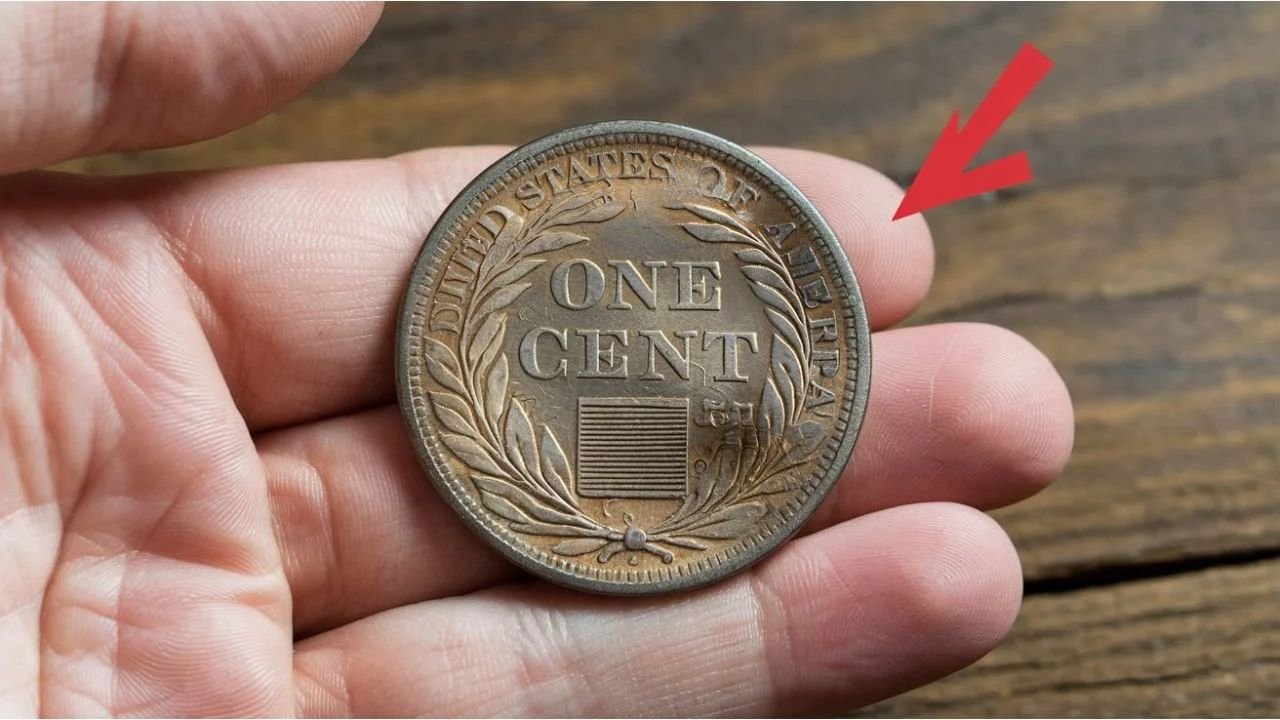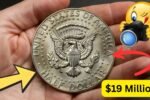Exploring Wheat Pennies: If you’ve ever emptied your pockets and found an old, copper-colored penny with two wheat stalks on the back, you’ve held a small piece of American history. These coins, known as Wheat Pennies, are more than just money—they’re treasures that tell the story of the United States through their design, age, and rarity. Collectors, history lovers, and even curious beginners find them fascinating because each coin holds its own charm and mystery.
What Is a Wheat Penny?
The Wheat Penny, officially called the Lincoln Wheat Cent, was first minted in 1909. It was created to celebrate the 100th birthday of President Abraham Lincoln. Before this, no U.S. coin had ever featured a real person’s face. Designed by Victor David Brenner, the front of the coin shows a portrait of Lincoln, while the back displays two curved wheat stalks surrounding the words “ONE CENT” and “UNITED STATES OF AMERICA.” This design lasted until 1958, when it was replaced by the Lincoln Memorial design in 1959.
The Wheat Penny’s simple yet powerful design represented hard work, growth, and unity—values that defined America during the early 20th century. The wheat stalks were not just decoration; they symbolized the nation’s agricultural strength and the hard-working people who built the country.
Why Are Wheat Pennies So Special?
For most people, a penny might not seem like much. But for collectors, Wheat Pennies are like hidden gems. Many of these coins have become rare because they were produced decades ago, and fewer of them remain in good condition. Some versions are worth much more than a single cent—especially those with minting errors or produced in limited numbers.
For example, the 1909-S VDB penny is one of the most famous and valuable types. It has the initials “VDB” of the designer on the bottom of the coin and was made in San Francisco. Because only a small number were minted, collectors are willing to pay hundreds or even thousands of dollars for one.
The Historical Journey of Wheat Pennies
When the Wheat Penny was introduced in 1909, it quickly became popular. Americans loved seeing Abraham Lincoln, one of the nation’s greatest leaders, on their coins. The design also appeared during some of the most important times in U.S. history—the Great Depression, both World Wars, and the postwar boom years.
Over the decades, the penny changed slightly. In 1943, for instance, during World War II, the U.S. Mint made pennies out of steel instead of copper because copper was needed for war materials. These “Steel Wheat Pennies” have a shiny silver color and are among the most unique coins ever made. However, they also rust easily and are often mistaken for dimes by beginners.
How to Identify a Wheat Penny
Spotting a Wheat Penny is quite easy once you know what to look for. Turn the coin over and check the back—if you see two wheat stalks curving along the sides, you’ve got a Wheat Penny. The words “E PLURIBUS UNUM” are written at the top, meaning “Out of many, one.” The year of minting appears on the front side, below Lincoln’s portrait, and sometimes there’s a small letter under the date showing where it was made—“D” for Denver, “S” for San Francisco, or no letter at all for Philadelphia.
Collectors often examine the coin’s condition carefully. A shiny, clean penny with no scratches or wear marks is considered more valuable than one that’s faded or damaged. Some even use magnifying glasses to spot tiny differences or minting errors that might make the coin more special.
Are Wheat Pennies Still Found Today?
Yes, they are! Even though they were last made in 1958, you can still find Wheat Pennies in circulation once in a while. Some people discover them in old jars, drawers, or even as change from a store. However, they are becoming rarer each year because most have been collected or worn out over time.
Coin collectors often visit coin shows, antique shops, and online marketplaces to find Wheat Pennies. Each coin they collect adds a piece of history to their collection. The thrill of finding an old penny that’s worth far more than its face value keeps the excitement alive for collectors of all ages.
The Value of Holding History
Wheat Pennies remind us that even the smallest coins can carry big stories. They represent a time when life was simpler, and money had a deeper connection to the country’s spirit. Whether you’re a serious collector or someone who just stumbled upon one, holding a Wheat Penny is like touching a piece of America’s past.
These coins are not just valuable for their metal or age—they are valuable because they connect us to generations before us. Each coin passed through countless hands, each with its own story, making Wheat Pennies timeless treasures in every sense.
FAQs
Q1: How much is a Wheat Penny worth today?
The value depends on its year, mint mark, and condition. Common ones may be worth a few cents, while rare types can be worth hundreds or even thousands of dollars.
Q2: What makes the 1943 Steel Penny special?
It was made from steel instead of copper during World War II, making it unique among all Wheat Pennies.
Q3: Can I still find Wheat Pennies in circulation?
Yes, though it’s rare. You might find one in old change jars or coin rolls from banks.
Q4: Should I clean a Wheat Penny to make it look new?
No, cleaning can actually reduce its value. Collectors prefer coins in their original, natural condition.
Q5: Why did they stop making Wheat Pennies?
In 1959, the U.S. Mint replaced the wheat design with the Lincoln Memorial to mark the 150th anniversary of Abraham Lincoln’s birth.




